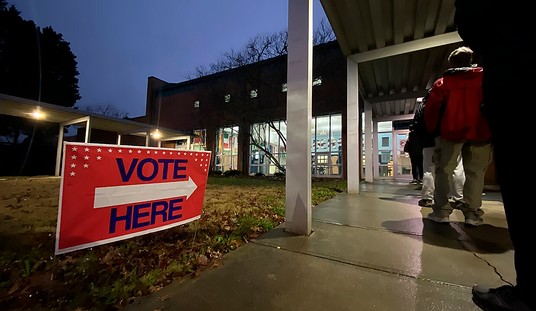It’s far too early to say what will or won’t make it to the final draft of Sen. Tom Carper’s legislation to reform the U.S. Postal Service. But it is a safe bet the Postal Service’s huge and growing deficit in funding for employee pensions and medical benefits will be addressed.
Ask any casual observer of the Postal Service’s increasingly dire fiscal situation, and they will say the “prefunding requirements” are a big part of the problem. This may be true, but removing this obligation would not come close to addressing the Postal Service’s need for reform and cannot be allowed to be passed off as a one-shot solution.
In the last round of postal reform – the Postal Accountability and Enhancement Act of 2006 – Congress established the Postal Service Retiree Health Benefits Fund. The idea was, if the Postal Service was to remain financially independent of Congress, it needed to get ahead on funding benefits and pensions so this would not threaten its viability later.
Congress required the Postal Service to pay from $5.4 billion per year to $5.8 billion per year from 2007 to 2016 to get out in front of the costs. After that, it would pay an actuarially appropriate amount each year. The plan was to have kept the pension and benefits system solvent for at least 50 years.
But the ink was barely dry on the 2006 law when the financial crisis hit. Volumes for first-class mail plummeted and, thanks to increased use of email and other digital communications, has not recovered.
As a result, the Postal Service, which was operating at break-even or better before, has lost money every year since 2007. It lost $5.1 billion in 2015 and has lost more than $51 billion since the downturn began. First-Class Mail, its most profitable product, has decreased by 27 percent since 2006 and 41 percent from its all-time high in 2001.
Recommended
Its shipping and packaging businesses have grown over this time – revenues increased 14.1 percent on these products in 2015 – but this has meant higher labor costs, more wear and tear on vehicles and facilities and even more red ink. The Postal Service expects to add another $1.1 billion in compensation and benefits costs this year.
There is wide agreement the prefunding payment schedule is too high. The Postal Service maxed out a $15 billion line of credit from the U.S. Treasury making these payments in the first years of the plan, has not made a payment since 2011, is more than $50 billion in arrears now and does not expect to make its $5.8 billion payment for 2016 either.
The solution seems easy: Stop requiring the payments and you largely eliminate the red ink. The numbers look tantalizingly close – $5.1 billion in losses in 2015; $5.8 billion in missed payments to the benefits and pension funds.
And indeed, that is that path Carper has chosen.
His legislation would eliminate the requirement the Postal Service prefund its retirement benefits and cancel any outstanding payments. It would require the Postal Service to fund only 80 percent of its expected retirement costs and allow it to amortize payments over 40 years. And it would create a new Postal Service benefits program within the Federal Employees Health Benefits Program, which serves Congress and much of Washington.
It would be wise to take a look at the payment schedule, as long as Congress realizes that alone won’t solve the problem of a bottom line that gets worse every year. After all, the Postal Service would have lost $10.8 billion without the prefunding requirement. And the enormity of its operation and of its responsibility to the American public demands it keep its head above water.
It pays out $1.8 billion every two weeks to its 486,000 career employees and 130,000 non-career employees, and it forms the hub of a $1 trillion shipping industry that employs 8 million people. Its 211,000 vehicles form one of the largest civilian fleets in the world. It simply can’t go belly up.
On the bright side, the Postal Service still enjoys monopoly control over a lucrative part of the business – last-mile delivery to mailboxes nationwide. The U.S. Postal Service processed 155.4 billion pieces of mail in 2014 – more than 40 percent of the world’s volume – to nearly 154 million delivery points in the United States.
The shipping and packaging business is growing as Americans become more and more comfortable with buying online. But it still accounts for less than half in revenues what the Postal Service earns from First-Class Mail, and the Postal Service’s record on finding new business opportunities does not augur well for provisions in the Carper bill to allow shipment of alcohol by mail and entry into other side businesses.
So yes, postal reform should address the prefunding requirement. But it also must require the Postal Service to take a long look at why it is in businesses served more than adequately by more efficient private sector firms and how long that arrangement can hold.

























Join the conversation as a VIP Member